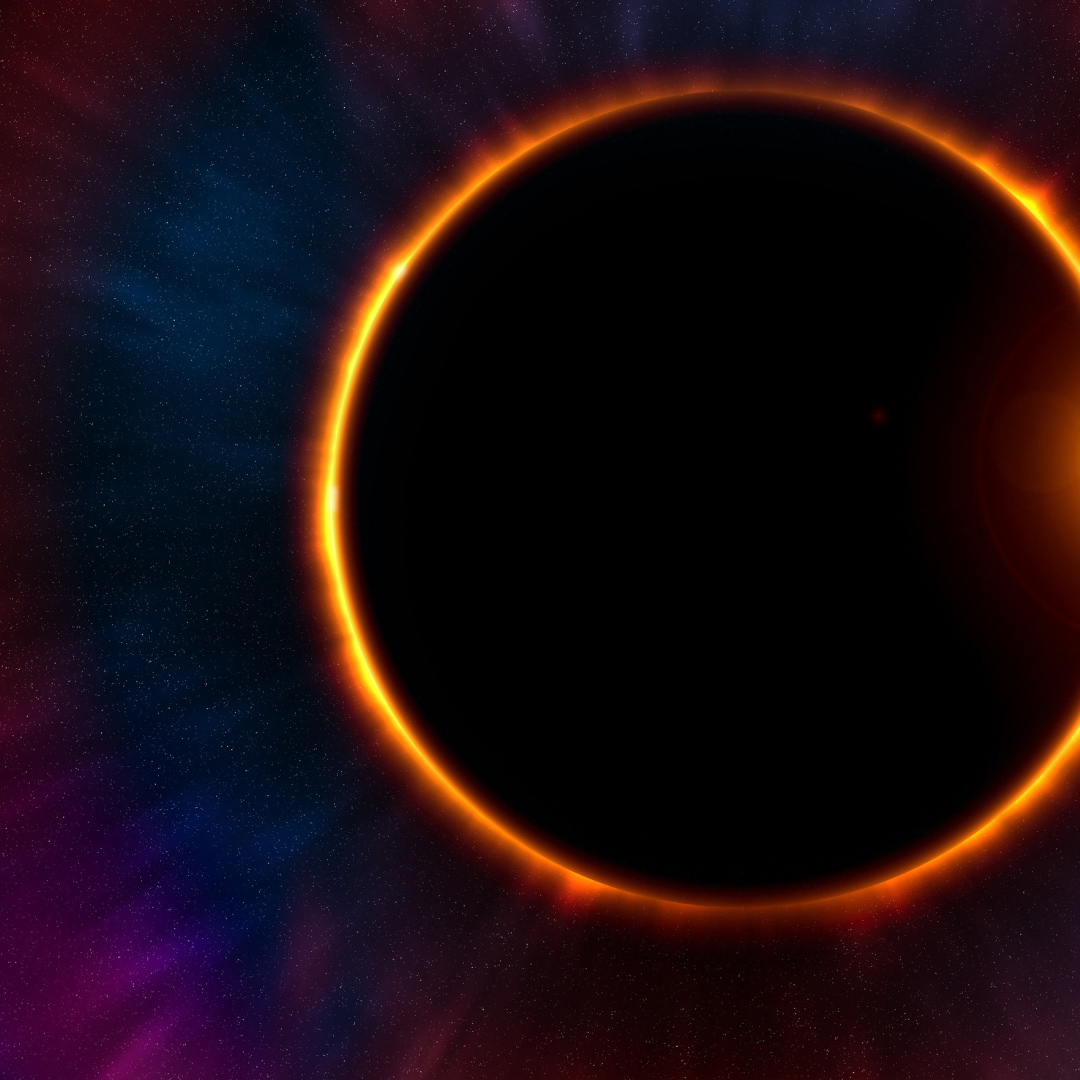On April 8th, 2024, the skies will treat stargazers to a rare and captivating event: a total solar eclipse. This celestial phenomenon occurs when the moon passes between the Earth and the sun, casting its shadow over certain regions of the Earth.
What is a Solar Eclipse?
A solar eclipse happens when the moon moves directly between the Earth and the sun, obscuring the sun’s light. There are three types of solar eclipses: total, partial, and annular. During a total solar eclipse, the sun is completely blocked by the moon, resulting in a dramatic darkening of the sky. In contrast, a partial solar eclipse occurs when only a portion of the sun is obscured by the moon. An annular eclipse happens when the moon is too far from the Earth to completely cover the sun, leaving a ring of sunlight visible around the edges of the moon.
The Path of Totality
For skywatchers lucky enough to be within the path of totality, the experience promises to be truly awe-inspiring. During a total solar eclipse, the sun’s corona—the outer atmosphere—becomes visible as a shimmering halo around the darkened disk of the moon. Birds may stop chirping, and temperatures may drop as darkness envelops the landscape.
Where to See It
The path of totality for the April 8th eclipse will stretch across parts of North America, providing viewers in certain regions with the best opportunity to witness the event in its full glory. Cities such as Dallas, Indianapolis, Cleveland, Buffalo, and Montreal will fall within the path, offering prime viewing locations for eager eclipse enthusiasts.
Safety Precautions
While witnessing a solar eclipse is an unforgettable experience, it’s crucial to take precautions to protect your eyes. Staring directly at the sun, even during an eclipse, can cause permanent eye damage. Specialized solar viewing glasses or handheld solar viewers are essential for safely observing the eclipse. These glasses should meet the ISO 12312-2 safety standard to ensure adequate protection.
Capture the Moment
Photographing a solar eclipse requires proper equipment and techniques to avoid damaging your camera and lenses. Solar filters or solar eclipse glasses should be used to protect your eyes and camera gear from the intense sunlight. With careful planning and the right equipment, photographers can capture stunning images of the eclipse to cherish for years to come.
The April 8th solar eclipse presents a rare opportunity to witness one of nature’s most breathtaking spectacles. Whether you’re within the path of totality or observing a partial eclipse from afar, be sure to take proper safety precautions and savor the wonder of the cosmos.
—
Feel free to customize this draft to suit your needs or let me know if you’d like any specific information added!


